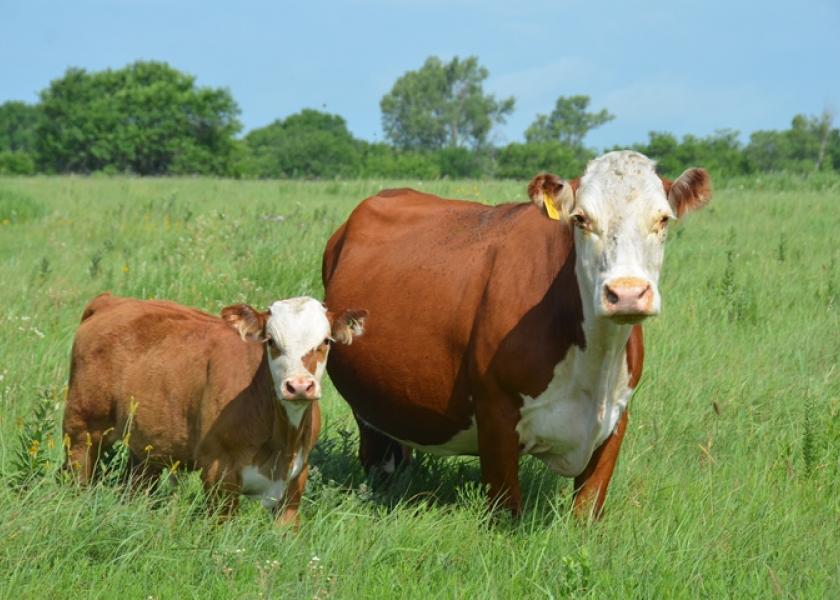Glenn Selk: Can We Select Cattle To Reduce Pinkeye Incidence??

As a kid growing up on a farm/ranch in central Nebraska, one of my least favorite summertime chores was helping my dad treat cows, calves, or yearlings for eye infections. We tried the purple aerosol spray and powders squirted in the eye. We even glued canvas patches on infected eyes to aid in the healing of eye infections.
Nothing seemed to be the silver bullet we were hoping to find. I often wondered if susceptibility to eye infections was passed from mother to offspring via some genetic component. Should we automatically cull replacement heifers from cows that had severe eye infections?
Pinkeye has long been a costly nuisance to cattle producers. Eye infections sometimes lead to partial or complete blindness in one or both eyes. Reduced beef production in the form of lowered weight gain, milk production, body condition, and eventually even poorer reproduction can result from eye infections and lesions.
One of the culprits that initiates and spreads eye problems between herds and among herdmates is “Pinkeye” or more properly called Infectious Bovine Keratoconjnctivits. An excellent Oklahoma State University fact sheet about the prevention and treatment of “Pinkeye” is available online at: http://pods.dasnr.okstate.edu/docushare/dsweb/Get/Document-2689/VTMD-9128web.pdf.
Iowa State University animal scientists analyzed field data from ISU herds and cooperator herds in 2003 through 2005. They sought to estimate the genetic measurements that could aid in the selection of cattle resistant to Infectious Bovine Keratoconjunctivitis (IBK), commonly known as pinkeye.
They found a decrease in weaning weight of 30 pounds per calf infected with pinkeye. The analysis of the field data revealed an estimate of 0.11 for heritability of resistance to pinkeye. This estimate is considered to be of low heritability, which indicates that only slow progress can be made based on selection for IBK resistance. It does mean that, over time, if we select replacements from cows that are not prone to having eye problems (especially pinkeye) we would be able to very gradually reduce the incidence of pinkeye in our herds.
Also they studied the immune components involved in eye disease defense mechanisms. Tear samples were collected from the eyes of 90 calves in 2004 in order to quantify immunoglobulins (commonly called antibodies). The result of this analysis indicated that as the amount of Immunglobulin A in the tears increases, the likelihood of infection and/or the severity of infection decreased. This information would suggest that properly fed, properly immunized cattle, with a strong immune system will be more resistant to pinkeye. Source: Rodriguez and co- workers. Iowa State University Animal Industry Report 2006.
Most immediate improvement in reducing pinkeye incidence will be made by management procedures that remove eye irritants and disease transmitters as well as sound nutrition and health protocols. See the previously mentioned OSU Fact Sheet VTMD-9128.
Related stories:
Tips To Proactively Fight Pinkeye







